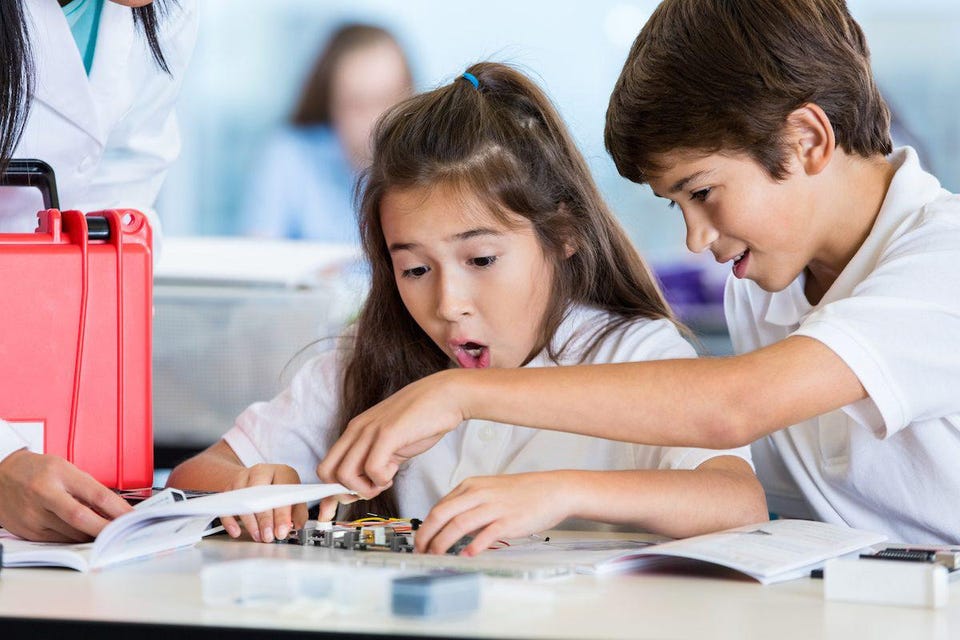We see that something needs to change when we consider the predicament of students around the world. To completely transform our educational system, we must abandon outdated, traditional teaching into smart class strategies and adopt cutting-edge, innovative ones.
Here are 5 methods to introduce smart class innovation into the classroom.
- Experiential Learning:
On a continuum, learning by simply reading a book and learning by doing are at complete odds with one another. As we can’t learn to drive a car without really driving one, neither can we learn from a book without truly putting what we’ve learned into practice. Experiential learning for students must be incorporated in the smart class. Experiential learning involves creating or mimicking reality-based activities that provide students with an immersive and engaging learning experience. Additionally, reflecting on the event is a crucial component of experiential learning. After the learning experience, students should be given open-ended questions that let them reflect on it and give it a personal meaning.
- Technology Use:
Since technology is advancing quickly, we need to consider how to include it in the educational process in smart class. Technology is a blessing in and of itself, but the secret is to use it correctly. In order to help students organize themselves better, we can also use the Calendar and Reminder apps. The use of online learning tools like Google Classroom can offer a complete online learning solution. Everything from projects to videos to assignments can be posted by teachers. Schools can employ game technology like Kahoot or quizzes to make learning enjoyable. Students can take a variety of real-time gamification quizzes to make learning interesting and enjoyable.
- Circle Time:
According to NCERT, the main reason why roughly 80% of pupils are unhappy is that they are unable to express their true emotions. Their entire existence is impacted by suppressing their emotions and their inability to deal with them. Schools should promote circle time to safeguard students’ mental health. In many Western schools, there are circle times where all students are encouraged to share their feelings. Simply talking and listening to others can assist students in developing crucial emotional management skills. Priority must be placed on improving emotional intelligence and a positive outlook.
- Without textbooks
education should enable pupils to understand concepts without having to memorize or cram them in. Numerous schools in the USA adhere to the “No Textbook” policy and use lectures and non-fiction books as teaching aids to impart important concepts. Students gain knowledge by watching documentaries about Newton’s laws, Einstein’s theory of relativity, and other scientific ideas in smart class. On the internet, there are many documentaries to choose from. Without textbooks, pupils are unrestricted by the limited textbook curriculum and can explore any aspect of learning. Exams are actually given to test students’ comprehension and application rather than their recollection.
- Encourage innovation and creativity:
To keep our competitive edge over machines in today’s increasingly globalized and digitalized world, we need two critical skills: innovation and creativity. Sadly, the majority of schools train students to find employment. Most of these professions are being eliminated by machines, and according to a report by Oxford University, 47% of jobs will disappear in the next 20 years. Schools and institutions need to put an emphasis on encouraging young people to be creative and innovative. The establishment of creativity labs, incubation centers, and innovation centers can aid in the early acquisition of these skills by students.






